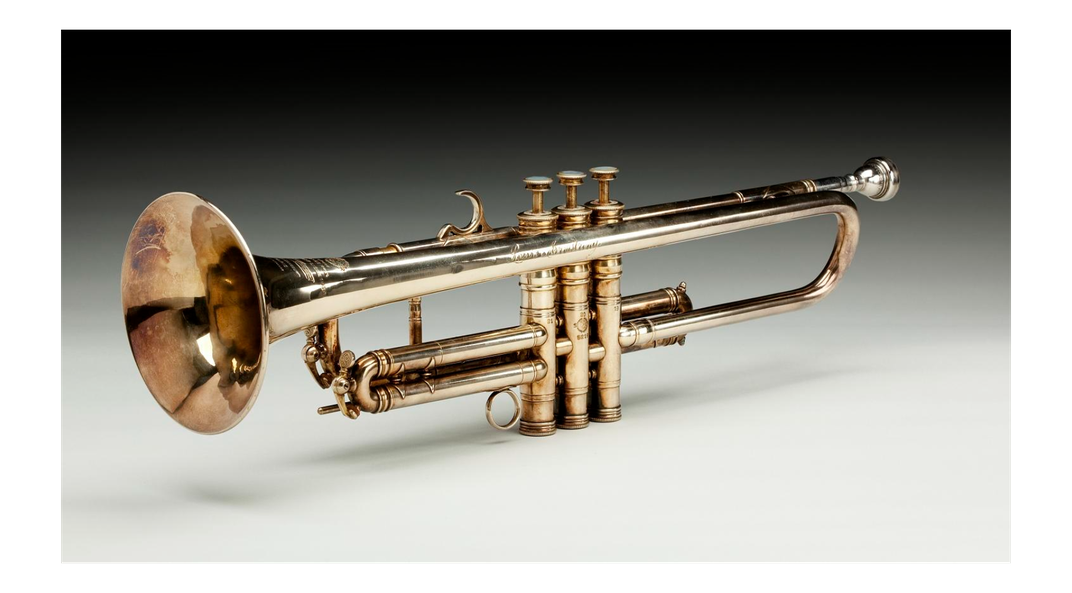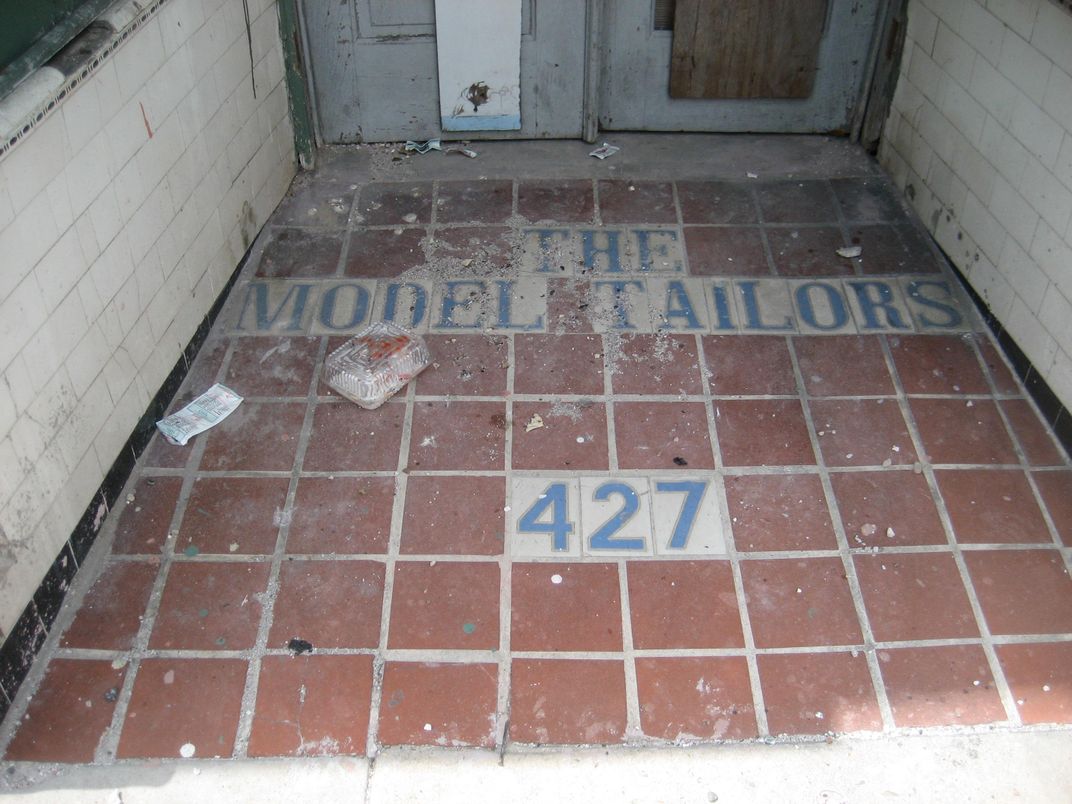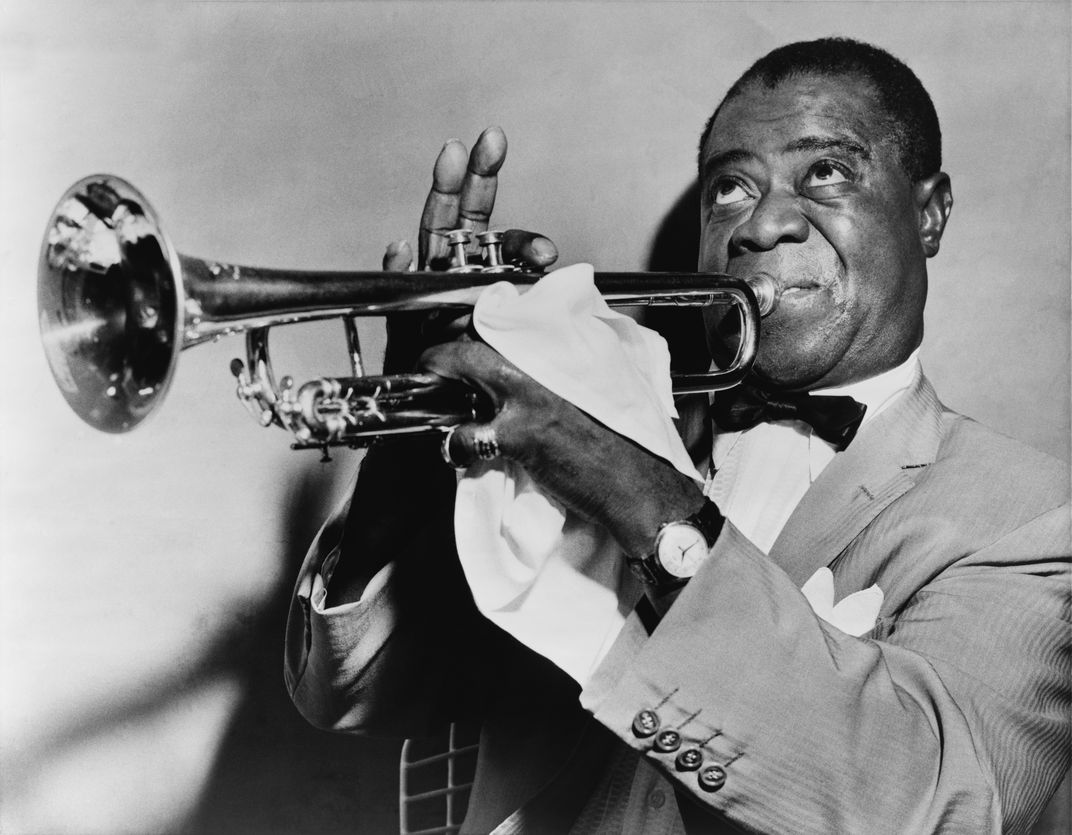Hurricane Ida Destroys New Orleans Jazz Landmark Dubbed Louis Armstrong’s ‘Second Home’
The historic Karnofsky Tailor Shop and Residence collapsed on Sunday after water pooled on its roof
:focal(1894x1042:1895x1043)/https://tf-cmsv2-smithsonianmag-media.s3.amazonaws.com/filer/c6/91/c691a156-a67e-4608-98c2-de36e70834ae/gettyimages-1234950015.jpg)
Hurricane Ida swept through the Gulf Coast on Sunday, killing at least one person and leaving more than a million without power across Louisiana, Mississippi and Alabama.
The full scope of the storm’s devastation remains to be seen. But as Bryan Pietsch reports for the Washington Post, the history-rich city of New Orleans has lost at least one iconic building: a narrow brick structure at 427 South Rampart Street that collapsed after water pooled on its roof.
Footage captured before and after the event went viral on Twitter, prompting OffBeat magazine and other media outlets to identify the building as the Karnofsky Tailor Shop and Residence—a place that jazz legend Louis Armstrong once considered a “second home,” per the National Park Service (NPS).
Armstrong was born in 1901 and grew up on nearby Perdido Street. In 1913, the Jewish Karnofsky family opened their namesake business on South Rampart, a stretch of road populated primarily by immigrant-owned businesses that catered to a Black clientele. The Karnofskys offered Armstrong a job and a sense of community, according to cultural heritage radio station WWOZ.
This is why I took before photos. Building got wiped out by #Ida #NOLA pic.twitter.com/z1sLf3I4Q2
— Joel Franco (@OfficialJoelF) August 30, 2021
John McCusker, a retired Times-Picayune journalist who has spent years advocating for restoration of the now-abandoned site, tells local CBS affiliate WWL-TV that Armstrong enjoyed a close relationship with the family.
“Louis said it was the Karnofskys that instilled the love of singing in his heart,” McCusker says. “The family would feed him and they would eat dinner together and they would sing to get the children to sleep.”
Armstrong purchased his first cornet (a brass instrument shorter and wider than a trumpet) with money loaned from the Karnofskys. He went on to enjoy a groundbreaking career as a singer, performer and trumpet player.
“Louis Armstrong’s improvisations permanently altered the landscape of jazz by making the improvising soloist the focal point of the performance,” wrote musicologist Steven Lewis for Smithsonian Music in 2016. “[T]he energetic, swinging rhythmic momentum of his playing was a major influence on soloists in every genre of American popular music.”
Despite Armstrong’s profound influence on American music, the neighborhood where he grew up has fallen into severe disrepair. In addition to the Karnofsky home, Rampart Street’s 400 block houses the Little Gem Saloon, the Iroquois Theater and the Eagle Saloon—all landmark institutions in New Orleans’ jazz history, per WWOZ.
As of July 2019, the Cleveland-based GBX Group had purchased most of the historic 400 block. The company intended to restore the spaces and reopen them as entertainment and music venues, as Gordon Russell and Ian McNulty reported for NOLA.com at the time.
Historic preservationists had been advocating for the protection of this stretch of noteworthy buildings, many of which are threatened by vandalism and decay, since at least 2011. That year, wrote Rebecca Mowbray for the Times-Picayune, “a row of buildings downtown that are considered by many to be the birthplace of jazz [was] crumbling.”
In an email to the Times-Picayune, Smithsonian curator John Edward Hasse said, “There is probably no other block in America with buildings bearing so much significance to the history of our country’s great art form, jazz.”
He added, “It would be a terrible shame if these structures were allowed to disintegrate. They hold the potential to tell remarkable stories about the culture of New Orleans and the music of America.”
The historic Karnofsky Shop, owned by close patrons of Louis Armstrong, leveled by Hurricane Ida. pic.twitter.com/p1lIf0DATk
— John Simerman (@johnsimerman) August 30, 2021
The former Karnofsky home was “pretty much torn apart” by Hurricane Ida, which battered Louisiana with wind speeds of around 150 miles per hour, as Duke Carter reports for WWL-TV. Video footage of the scene showed a heap of bricks where the home and storefront once stood.
Ida also wiped away most of a nearby mural of jazz legend Buddy Bolden and his band. Artist Brandan “Bmike” Odums painted the likeness in honor of New Orleans’ tricentennial celebrations in 2018.
The storm made landfall on the 16th anniversary of Hurricane Katrina. During the natural disaster, poorly designed levees and a botched emergency response led to more than 1,000 deaths and caused devastating flooding across the South. The federal government has since spent $14.5 billion on reinforced floodgates, levees, and storm protections in New Orleans and its surrounding suburbs, writes Jeff Amy for the Associated Press (AP).
This system of levees appears to have held in place, the New York Times reported on Monday morning. Search and rescue operations are ongoing.
“There is no doubt that the coming days and weeks are going to be extremely difficult for our state and many, many people are going to be tested in ways that we can only imagine,” said Louisiana’s governor, John Bel Edwards, on Sunday afternoon, as quoted by the Times.
/https://tf-cmsv2-smithsonianmag-media.s3.amazonaws.com/accounts/headshot/nora.png)




/https://tf-cmsv2-smithsonianmag-media.s3.amazonaws.com/accounts/headshot/nora.png)